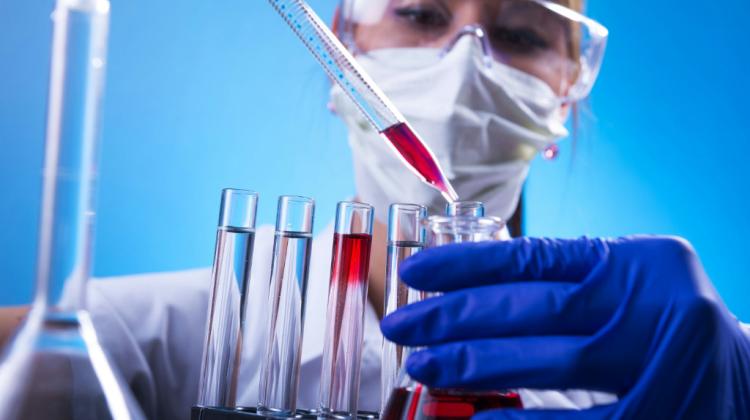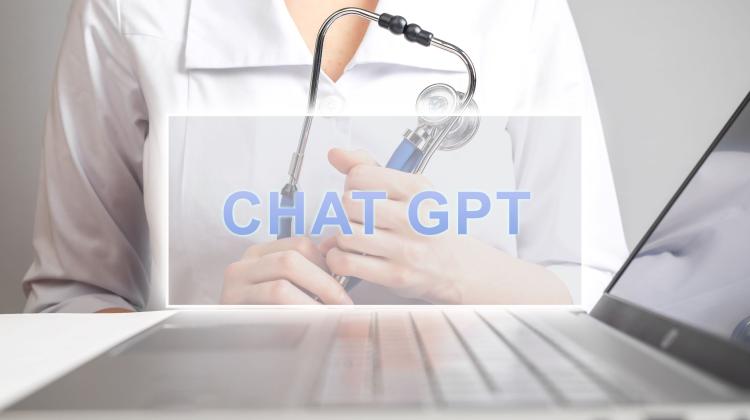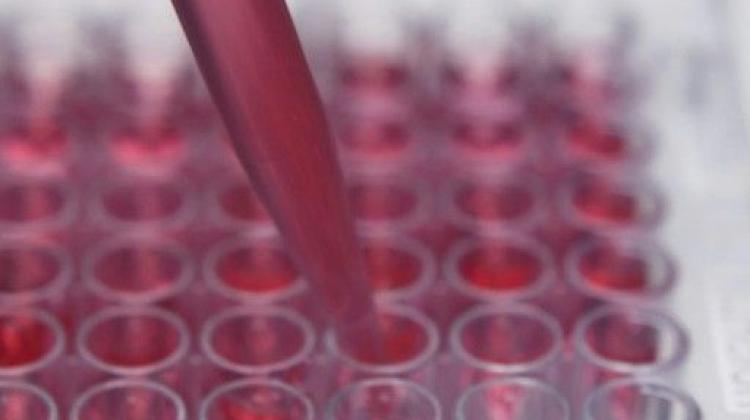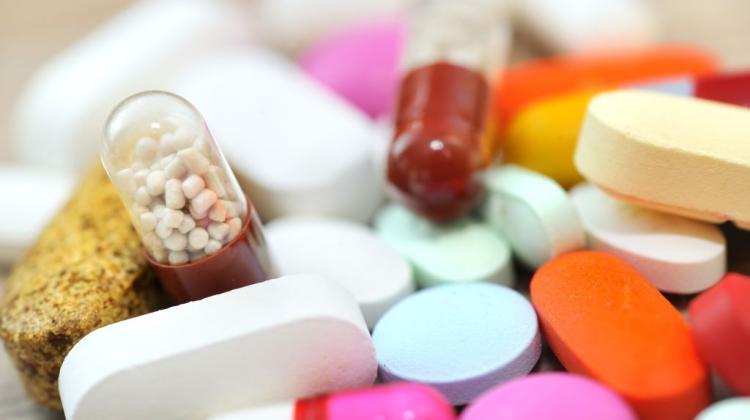Invention from Kraków will help to quickly detect sepsis
 Photo: Fotolia
Photo: Fotolia
Scientists from the Jagiellonian University Medical College developed an innovative method for the detection of sepsis. It allows to detect bacteria or fungi in the patient\'s blood, and administer effective treatment in just a couple of hours. The method can also be used, for example, to detect inflammation of the meninges.
"In our method, the idea is to fairly quickly, within hours, detect the presence of pathogens in the blood of a patient with suspected sepsis. This allows the doctor to quickly administer appropriate antibiotic therapy, immediately apply the appropriate, effective drug, instead of guessing" - explained one of the authors of the method, Dr. Tomasz Gosiewski from the Department of Microbiology, Jagiellonian University Medical College.
He explained that a doctor who wants to be sure that the prescribed drug is effective, must have an information from a microbiologists on what is present in the blood. "The method we have developed can give the information faster: in up to six hours" - explained Dr. Gosiewski.
From the patient\'s perspective, the test will be exactly the same as a standard blood test. Doctor will order a test, nurse will take blood sample, the sample will go to the lab. Researchers will isolate both human DNA and the microbial DNA from the sample. "Then, our method will allow precise detection of genetic markers that are typical for specific bacteria or viruses. It is a genetic fingerprint. Each organism, the bacterium, has a distinctive segment of DNA or RNA that we can detect. If we detect it in a blood sample, it means that the sample contains a particular bacterium or virus" - said the researcher.
The test will be more expensive than routine blood culture test. But it will be cheaper than already commercial used molecular methods that can detect only a few species of bacteria.
"Using our method we can detect not only sepsis, but also other microorganisms. We can use it to detect inflammation of the meninges, provided that the cause is a bacterium, not a virus. It can also be used to test animal samples, and any samples, which may contain fungi or bacteria" - described Dr. Gosiewski.
The method has already been patented, but so far it can not be used to diagnose patients. "For this to happen it must have a certificate attesting to the fact that the product is approved for medical use. We need large funds to test this method on a large group of patients with sepsis. We will not be able to do that without an industrial partner" - emphasised the researcher.
Scientists already have entrepreneurs interested in their method, but they can not proceed with commercialisation themselves. "The university, with which we have an agreement, paid for the patent procedure. This university has the rights to the invention, and only they proceed with commercialisation. If we found an entrepreneur ready to cooperate today, this method could be on the market in about two-three years"- emphasised Dr. Gosiewski.
The method developed by researchers at the Jagiellonian University Medical College won the competition "Eureka! DGP - discover Polish inventions". The winners received a prize of 30 thousand zlotys and an advertising campaign worth 50 thousand zlotys.
PAP - Science and Scholarship in Poland
ekr/ agt/
tr. RL
Przed dodaniem komentarza prosimy o zapoznanie z Regulaminem forum serwisu Nauka w Polsce.


















